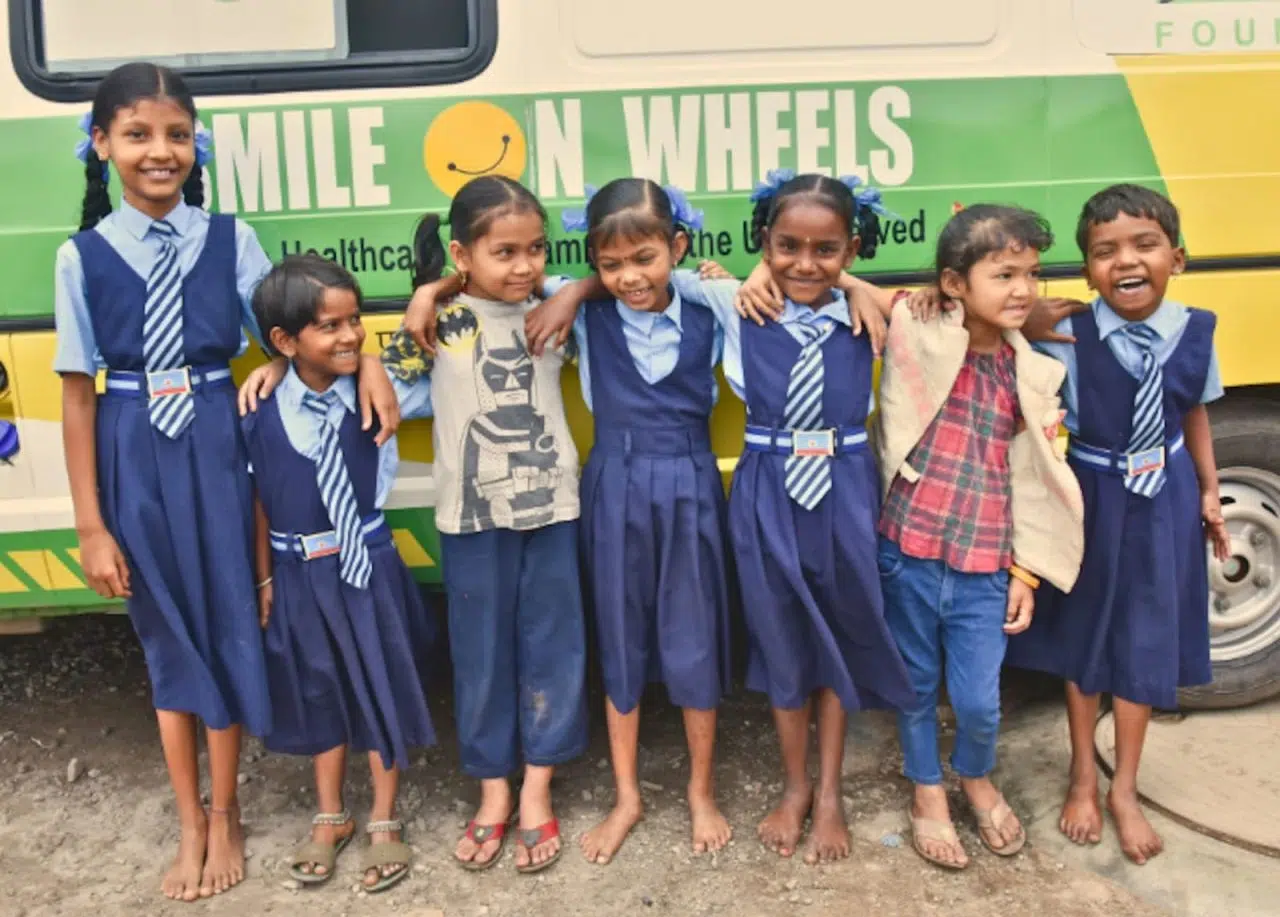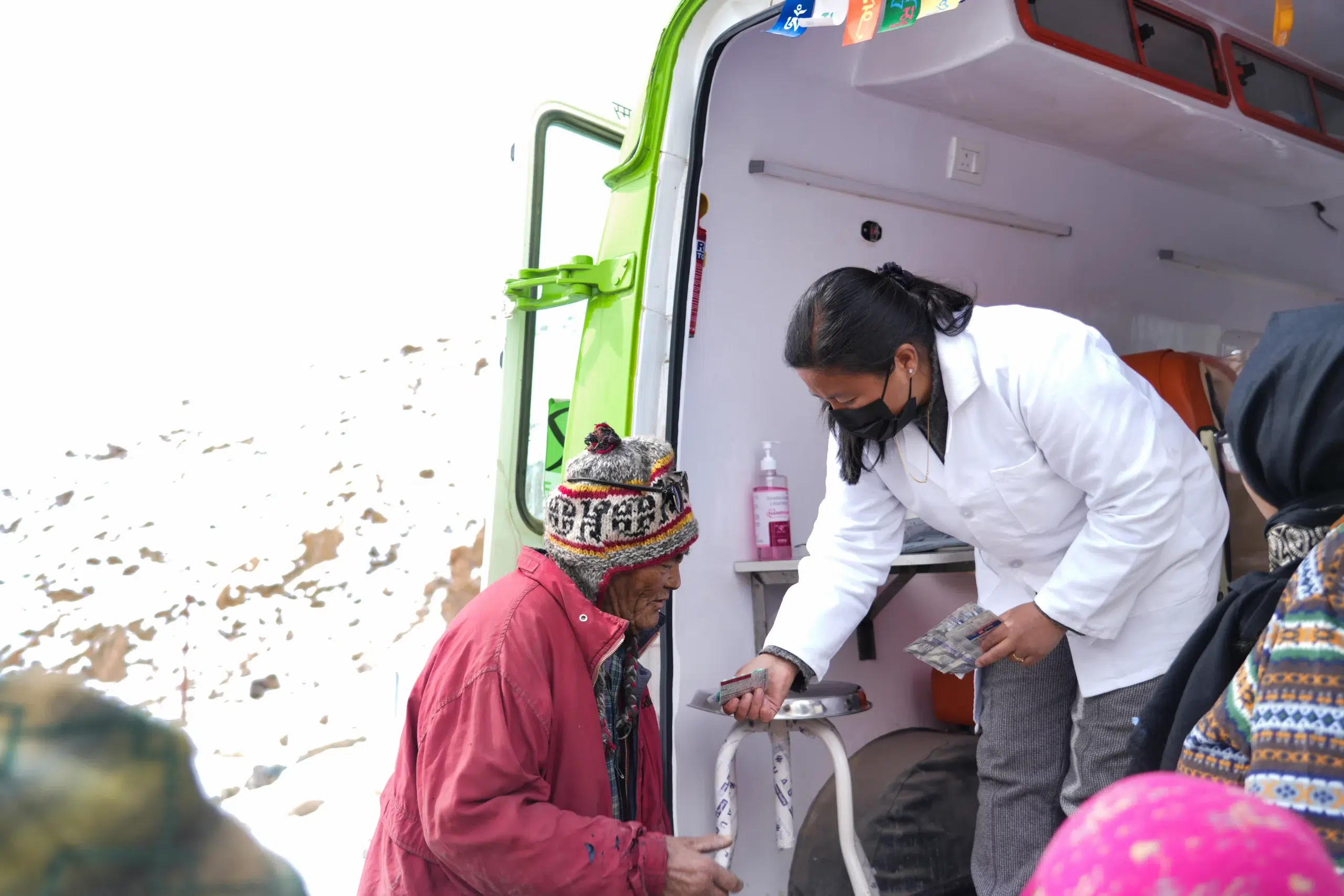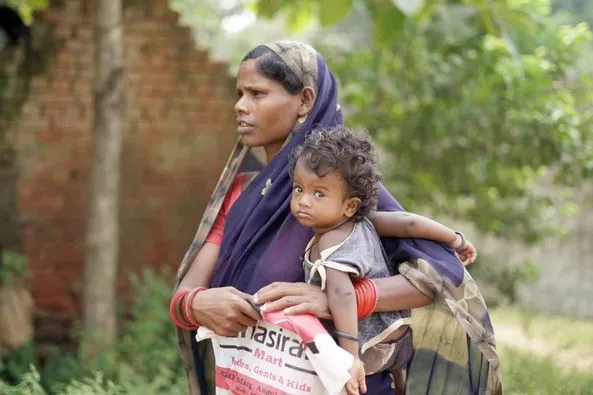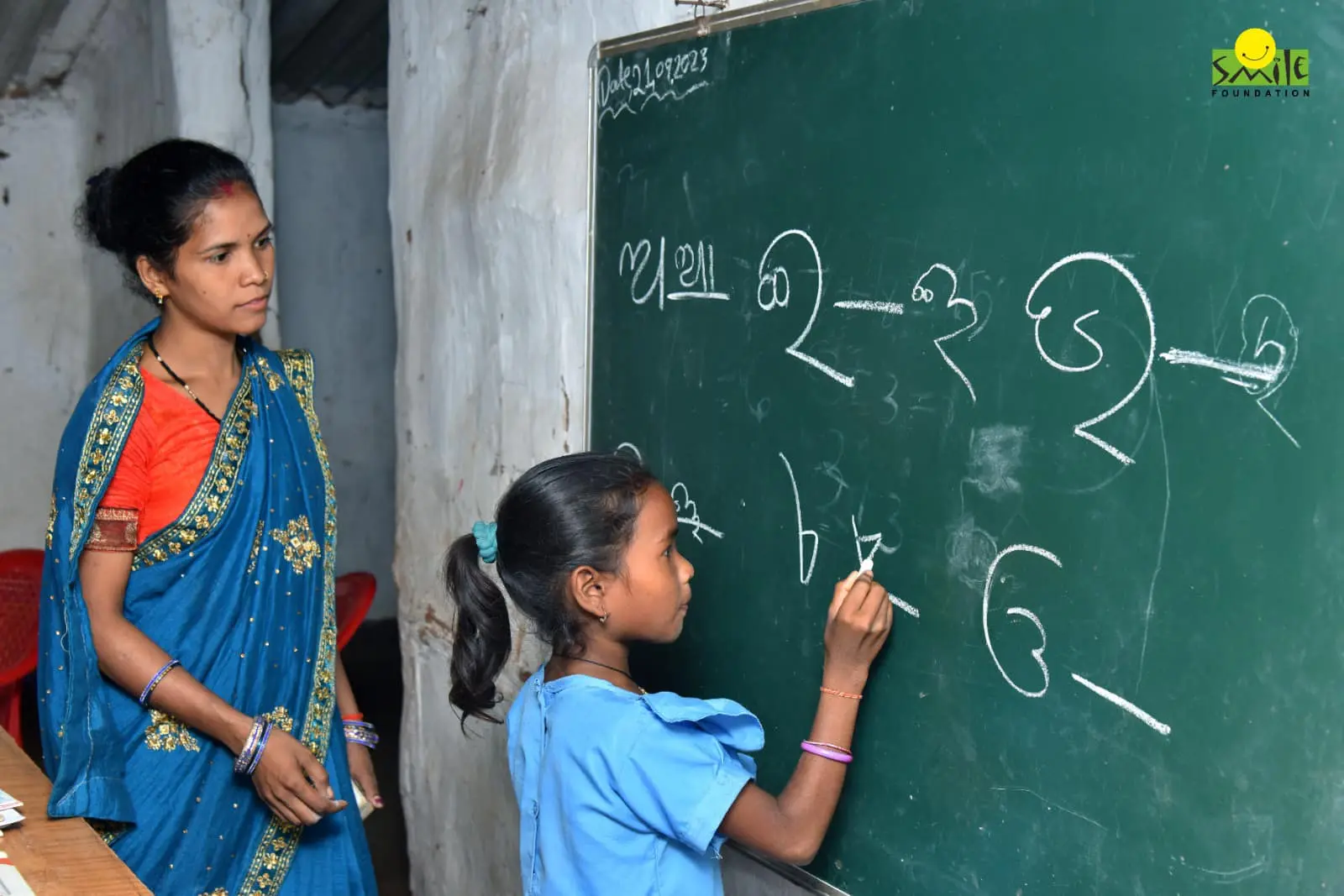According to the Economic Survey 2023, India’s public expenditure on healthcare currently stands at 2.1% of GDP, which, while an improvement from 1.8% in 2020, remains inadequate compared to historical data and global benchmarks. This becomes more concerning when compared to earlier periods, such as during the 12th Five-Year Plan (2012-2017), which aimed to raise healthcare spending to 2.5% of GDP. Despite some initial progress, this goal was not fully realised and spending has stagnated.
In fact, in the 1980s, during the implementation of the National Health Policy, India allocated approximately 3% of its GDP to healthcare, significantly higher than today’s levels. At the time, the focus was on healthcare infrastructure development, which led to improved maternal and child health outcomes and expanded primary healthcare services. In contrast, today’s allocation of just over 2% reflects a reduced priority on healthcare, despite a growing population and an increasing burden of diseases, both communicable and non-communicable.
Global Comparisons: Where India Falls Behind
Countries with similar population sizes, such as China and Brazil, have recognized the importance of healthcare investment for economic and social stability. China, for example, increased its healthcare spending to 5.4% of GDP in 2022, while Brazil allocates over 9% of its GDP to healthcare. Both countries have achieved substantial improvements in public health outcomes as a result. India, by comparison, has lagged behind, with NITI Aayog pushing for the long-overdue 2.5% GDP target to fill the gaps in healthcare infrastructure, service delivery and workforce development.
Consequences of Reduced Investment
- Decline in Infrastructure Development: In the early 2000s, India made notable strides in healthcare infrastructure, thanks to initiatives like the National Rural Health Mission (NRHM). However, infrastructure development has slowed in recent years, and India currently has only 0.5 hospital beds per 1,000 people, far below the WHO-recommended 5 beds per 1,000.
- Stagnant Doctor-Patient Ratio: Despite producing one of the largest numbers of medical graduates globally, India’s doctor-to-patient ratio remains at 1:1,457, significantly lower than the WHO’s recommended ratio of 1:1,000. This stagnation can be attributed to underinvestment in medical education and healthcare workforce development.
- Out-of-Pocket Expenditures (OOPE): High OOPE continues to be a burden on Indian families, making up 62.7% of the country’s healthcare expenditure. With inadequate public investment, the private healthcare sector has grown, forcing families to bear the financial burden for medical services, often pushing them into poverty.
- Impact on Public Health Initiatives: The reduced funding has affected the ability to address emerging healthcare challenges like the rise in non-communicable diseases (NCDs) such as diabetes, heart disease and cancer, which now account for over 60% of deaths in India. Preventive healthcare, critical to managing NCDs, requires far more investment than it currently receives.
Why India Must Increase Healthcare Investment
- Economic Productivity: A healthy population is essential for economic growth. Increased investment in healthcare can improve worker productivity, reduce absenteeism and lower the long-term costs of treating chronic diseases, which are becoming more common in India.
- Strengthening Rural Healthcare: With 65% of India’s population residing in rural areas, there is an urgent need to bolster rural healthcare infrastructure. Expanding the network of primary healthcare centers (PHCs), training healthcare professionals, and improving access to essential services in remote areas should be top priorities for the government.
- Reducing Out-of-Pocket Expenditures: The launch of Ayushman Bharat was a promising move, covering over 500 million Indians. However, without sustained investment, it will struggle to meet all healthcare needs, particularly as out-of-pocket expenses remain high. Expanding public healthcare coverage and improving resource allocation are critical to reducing this financial burden.
- Boosting Medical Education: With a shortage of healthcare professionals, it is crucial to invest in medical education and increase the number of medical institutions. By improving the quality of medical training, India can meet its growing healthcare demands while also positioning itself as a leader in medical tourism and healthcare innovation.
More Healthcare Schemes Are Needed
Despite the progress made by various government initiatives like Ayushman Bharat and Janani Suraksha Yojana, significant gaps persist in India’s healthcare system, necessitating the introduction of more targeted schemes.
- Rising Non-Communicable Diseases (NCDs): India is facing an increasing burden of NCDs, which account for 63% of all deaths in the country. Diseases such as cardiovascular illnesses, diabetes and cancers require long-term, often costly treatments. While schemes like Ayushman Bharat offer coverage, they are not equipped to comprehensively manage NCDs, which are expected to rise by 18% by 2030.
- Healthcare Accessibility: According to the National Health Profile 2021, rural India, home to more than 65% of the population, accounts for only 37% of hospital beds and 20% of qualified doctors. Despite schemes aimed at improving rural healthcare, such as the National Rural Health Mission (NRHM), access to quality medical care in remote regions remains limited. More schemes focusing on rural healthcare infrastructure are needed to address this gap.
- Maternal and Child Mortality: Although schemes like Janani Suraksha Yojana have helped reduce maternal mortality rates from 254 per 100,000 births in 2004 to 113 per 100,000 births in 2020, many states continue to struggle with high maternal and neonatal deaths, especially in regions like Uttar Pradesh and Bihar. More specialised maternal and child health schemes with focused interventions are necessary to close this gap.
- Inadequate Financial Protection: As of 2022, 62.7% of total health expenditure in India is borne out-of-pocket, one of the highest rates globally. This financial strain disproportionately affects lower-income families, pushing approximately 55 million people into poverty annually due to healthcare costs. Hence, new programmes targeting catastrophic health expenditures are urgently needed.
- Healthcare Workforce Shortages: India faces a shortage of healthcare professionals, with only 1 doctor for every 1,457 people, falling short of the WHO’s recommended 1:1,000 ratio. Existing programs to enhance medical education, such as Pradhan Mantri Swasthya Suraksha Yojana (PMSSY), need expansion to address these workforce gaps, especially in rural and underserved areas.
One of Smile Foundation’s healthcare initiatives– Smile on Wheels exemplifies the potential of targeted healthcare programmes to transform lives in underserved communities. By bringing essential medical services directly to those in need, this mobile healthcare initiative addresses critical gaps in access and care. Through its focus on maternal and child health, preventive care and health education, Smile Foundation is making a significant impact on public health outcomes. It serves not only as a model for effective intervention but also highlights the urgent need for increased investment and support for healthcare initiatives that prioritise the well-being of all citizens.
India’s healthcare system urgently requires increased investment and innovative schemes to address significant gaps in access and quality. Current public expenditure of 2.1% of GDP is insufficient, particularly as the burden of both communicable and non-communicable diseases rises. Initiatives like Smile Foundation’s Smile on Wheels showcase the effectiveness of targeted programmes in reaching underserved communities, emphasising the importance of mobile healthcare solutions.
To build a healthier nation, India must prioritise comprehensive policies and substantial funding that ensure equitable access and improved health outcomes for all citizens, creating a robust and sustainable healthcare system.









